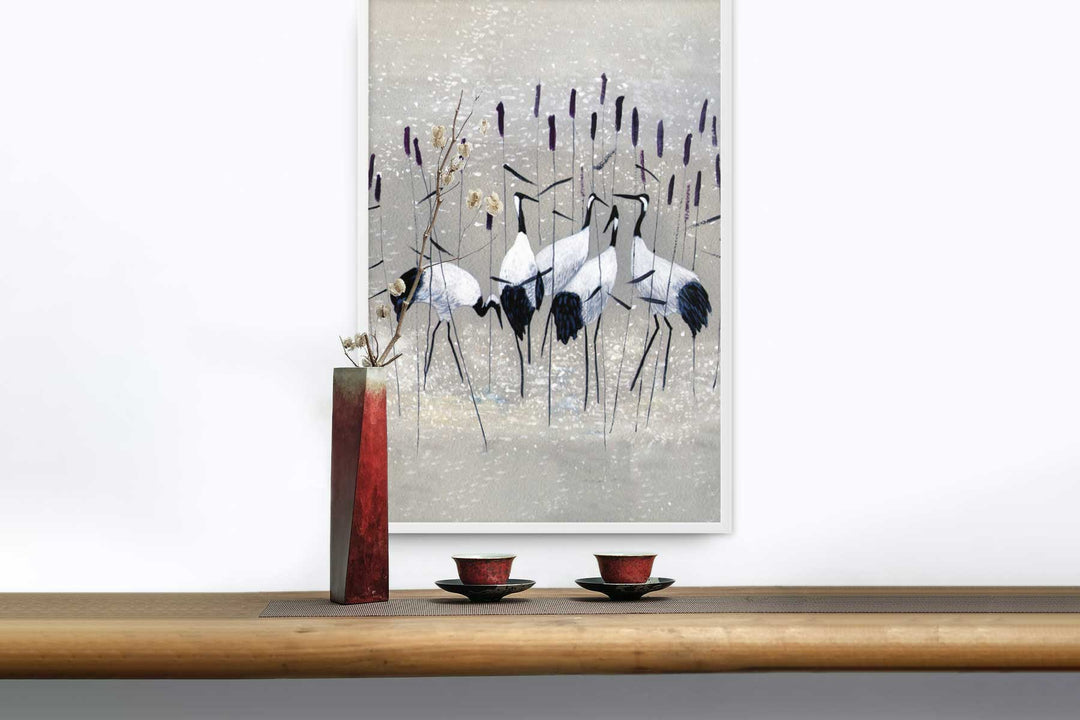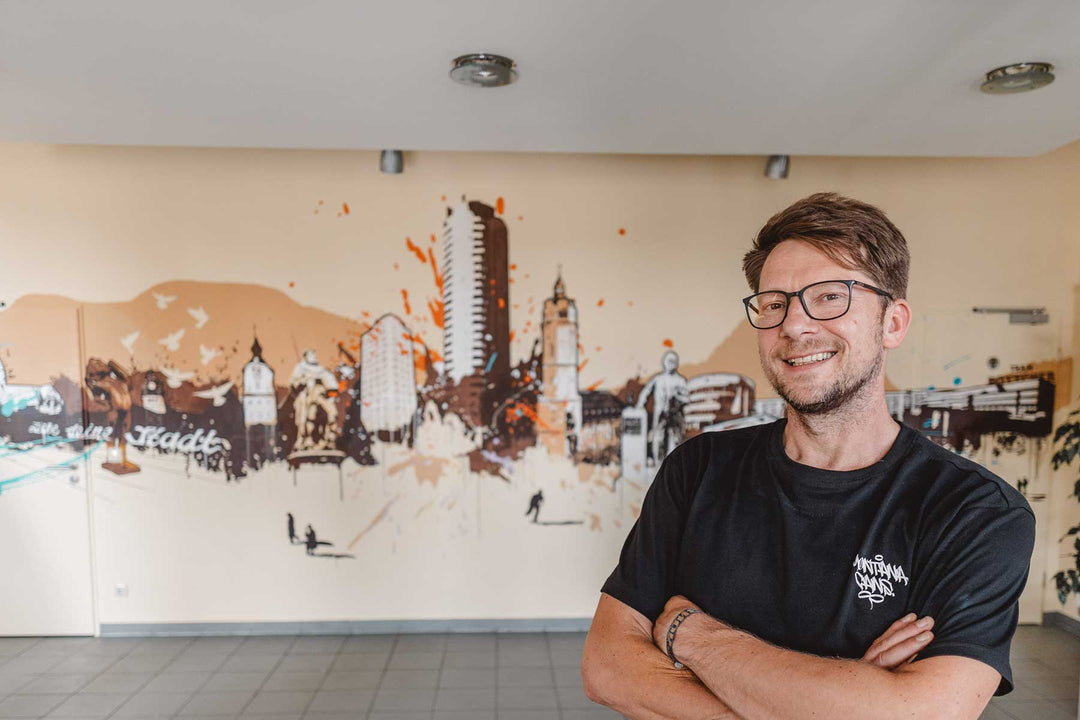Greeting | About Amalia & Press | Gallery | Words & Works by Amalia
The journey of all these encounters began with a name. When I named the ARTLIA gallery, I definitely wanted to incorporate the English word "art" and also looked for a suitable ending that could stand either before or after "art". Among options like artlix, artlie, artlas, and ARTLIA, I chose ARTLIA. Starting with an 'a' and ending with an 'a' seemed phonetically fitting and aesthetically matched the logo well. After careful consideration, ARTLIA was selected. However, there was an obstacle: the domain ARTLIA.com was already in use. Despite contacting the owner of ARTLIA.com when founding ARTLIA, she was not willing to give up the domain that contained her lifelong artistic aspirations.
Originally based in Germany, we started ARTLIA with the domain ARTLIA.de. Over time, ARTLIA experienced gradual growth. To expand our reach beyond Germany and establish ARTLIA as an international gallery, securing ARTLIA.com became essential. So we turned again to the domain owner. At this point, ARTLIA.de had already grown significantly under the name ARTLIA and was mature enough to adopt and implement the artistic philosophy of Amalia Broecker-Jakob, the owner of ARTLIA.com. Consequently, two artlias merged into one entity, inspired by the timeless nature of the same name. The ARTLIA of the 21st century met its counterpart of the 20th century, the origin story of ARTLIA, enriching their union with depth and meaning.
Although ARTLIA originally started as an online gallery, the encounter with the artist Amalia allowed us to integrate her story and philosophy, thereby creating a solid foundation for further growth and development.
AMALIA BROECKER-JAKOB
- Born in 1942 in Županja (Yugoslavia).
- 1968 Studies in German Studies and Art History in Zagreb, Frankfurt am Main, Nuremberg, and Dresden.
- 1969-1975 pedagogical activity in Zagreb.
- 1972 publication of workbooks for German lessons.
- From 1975 to 1985, she lived in Belgrade, Trieste, Boppard on the Rhine, Rome, and Munich.
- In 1979, she began studying painting.
- Publication of the poetry collection "Htjedoh jabuku rascrvenit".
- 1979 Award for the picture "Boppard in Germany" in the competition of Rhenish banks, inclusion in the wall calendar.
- 1984 Publication of the poetry collection "Poesie" in German and Italian.
- Currently lives and works in Rome and Munich.
EXHIBITIONS
- 1977 Goethe-Institut, Triest.
- 1978 Palazzo Costanzi, Triest.
- 1979 Biblioteca Germanica, Milan, with the Galleria Carini, Milan.
- 1980 Galerie Burg Rheinfels.
- 1981 Galerie "Atelier", Essen.
- 1982 Gallery "Prozori", Zagreb, Construction Institute, Zagreb, Municipality of Velletri.
- 1985 Galleria "Tempo d'oro", Rome, Galleria "Leonardo da Vinci", Rome, University of Innsbruck with the exhibition "Image and Poetic Thought".
Solo exhibitions
- 1977 Goethe-Institut, Triest.
- 1978 Palazzo Costanzi, Triest.
- 1979 Biblioteca Germanica and Carini Gallery, Milan.
- 1982 Galerie Prozori, Zagreb, and Bauinstitut, Zagreb.
- 1984 Town Hall of Veletri.
- 1985 Galleria Golden Time, Rome, Galerie Leonardo da Vinci, Rome.
- 1988 Goethe-Institut, Munich.
- 1989 Galeria Maatois, Munich, Galima Hanfitaengel, Munich, Galerie "Quality of Life", Munich.
- 1990 Gallizia Art Nouveau, exhibition and literary event titled "Signora terra".
- 1996 Gallena Veliki kraj, Županja.
- 2000 Mandala Exhibition, Skale Kirc Laboratory, Dragan Sekulić.
- 2002 Exhibition at the art gallery, Pula, Exhibition Intuitive Drawing, Pula, at the art gallery.
- 2004 exhibition in the forum room of the Diana Gallery, dedicated to her village Kavran.
- 2005 Prayer cycle "Let us pray with the angels", prayers on handmade paper.
- 2008 Exhibition "Gold Files", paintings, tapestries, and embroideries from the Posavina Gallery Veliki kraj Zupanja.
- 2010 Exhibition "Golden Thread", tapestry exhibition, Galerie Veliki Kraj Zupanja.
- 2011 Exhibition about the Maldives in the Indian Ocean, Malilive Gallery Kamenite priče Valle.
- 2012 exhibition of monotype (graphic) prints, Ararai, Posavina embroideries, and artistic books with handmade paper, Italian municipalities Rovinj, titled "Sleeping on my grandmother's lace pillow are the masters."
- Study trips to North America, visits to the Hepi Indians, China, England, Spain, pearl content in an artist colony in Mallorca and Morocco.
- Since 1975, she has been living and working as an artist in Germany and Italy. Currently, she lives and works in the studio in her home village Kavran, 52208 Krnica.
All good things are precious
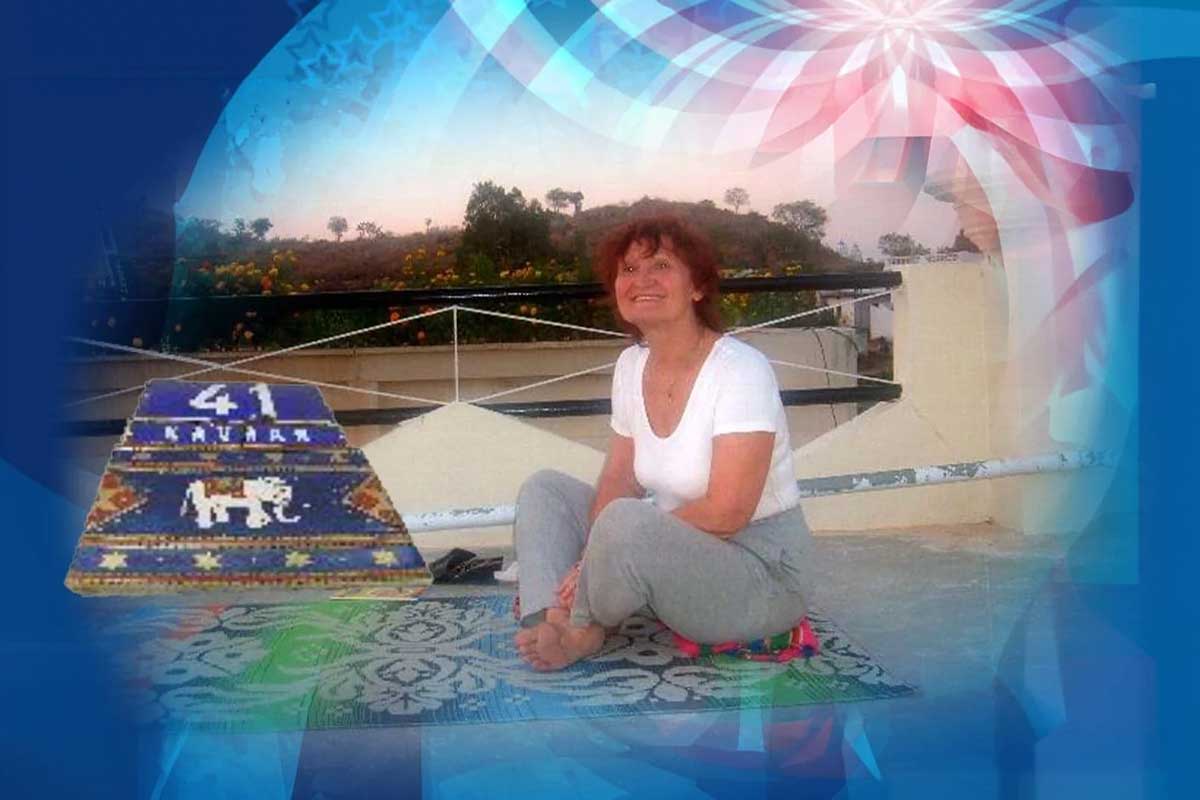
I welcome you with the color deepblue, the color of silence and meditation, with the symbol of the white elephant, which embodies strength and wisdom, and my photo of the roof in South India, where I practiced yoga. All of this is good and precious to me, just like the numbers 4 and 1, which offer me stability and guidance. If you feel addressed and attracted, please continue to browse.
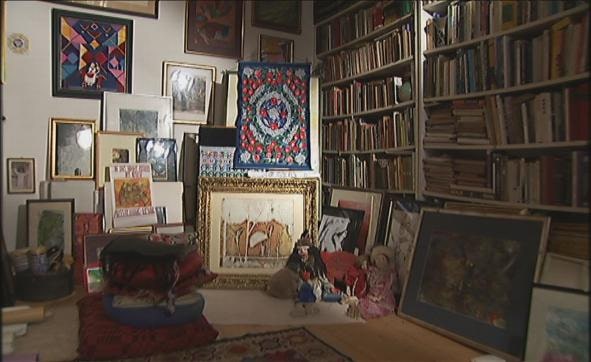
I am a traveler and a border crosser between worlds and cultures
I was born in 1942 in Croatia and have grown up and been shaped in the world. In Zagreb, I completed my studies in Germanistics under Prof. Zmegac, in Essen the private study of painting, and in Würzburg Creative Media at the Institute for Integrative Gestalt Therapy according to Fritz Pearls and Martin Buber.

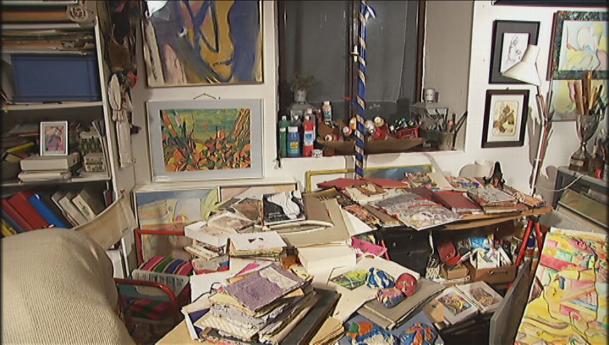
I have lived in Europe for over thirty years and during this time have exhibited monotypic pictures, watercolors, and drawings in forty individual and collective exhibitions. Alongside painting, I wrote poems, handwritten them on artistic papers, and complemented them with my own illustrations. I initially purchased the paper in Amalfi or China, but later I made the paper myself. Each piece of paper represents a unique creation.
Handwritten and illustrated books (unique pieces):
- "In us, autumn takes its leave"
- "My trail leads to your center"
- "Addio Roma" (in three languages)
- "Quo vadis uomo?" (War Diary)
- "Love talks" "Acid rain over Europe"
Published books :
- "I wanted to redden the apple"
- "When the soul returns home"
- "Kavranska kronika" bilingual
- "Towards the light"
- "14 years in India."
Art therapy and creative, free painting
The main focus of art therapy activities is painting with closed eyes and with the left hand. It is a miracle that painting "beautiful" pictures gradually transforms into painting that provides the painter with a foundation where they can get to know themselves. "Know thyself," the famous saying, is the main theme of art therapy; through painting, we learn to know our inner and outer worlds and establish contact with ourselves.
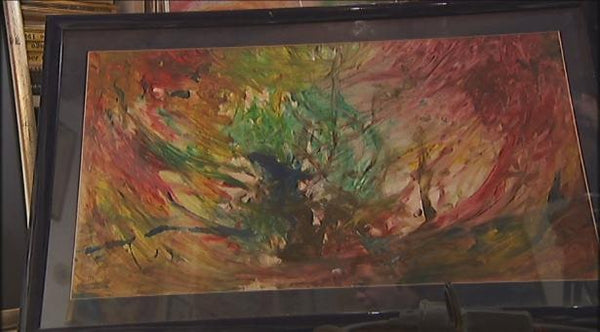

The effect of unconscious images has something of fate about it. Perhaps – who knows? – these eternal images are what one calls fate.
Traditional and innovative embroidery
When I was 4 years old, my mother gave me needle and thread and introduced me to the art of traditional embroidery. This feminine art was practiced with great enthusiasm by almost all women, especially under the poverty conditions of the post-war period. I developed a very early fondness for the tactile, soft, and colorfully embroidered, and under my fingertips grew a sensuality for the art that has its origin in the material. In the school of painting, I chose monotype, a creative technique where the materials (fabric, lace, thread) are roughly printed and then colorfully processed. For years I played with this technique and developed my own style during this time.


Hobbies from applied arts
What was created by the diligent fingers always somewhat resembled what one sees in applied arts: ceramics, papier-mâché dolls, elaborate embroideries, art objects, painted and altered tools, calligraphic writings, woven and embroidered tapestries, and painted stones.












